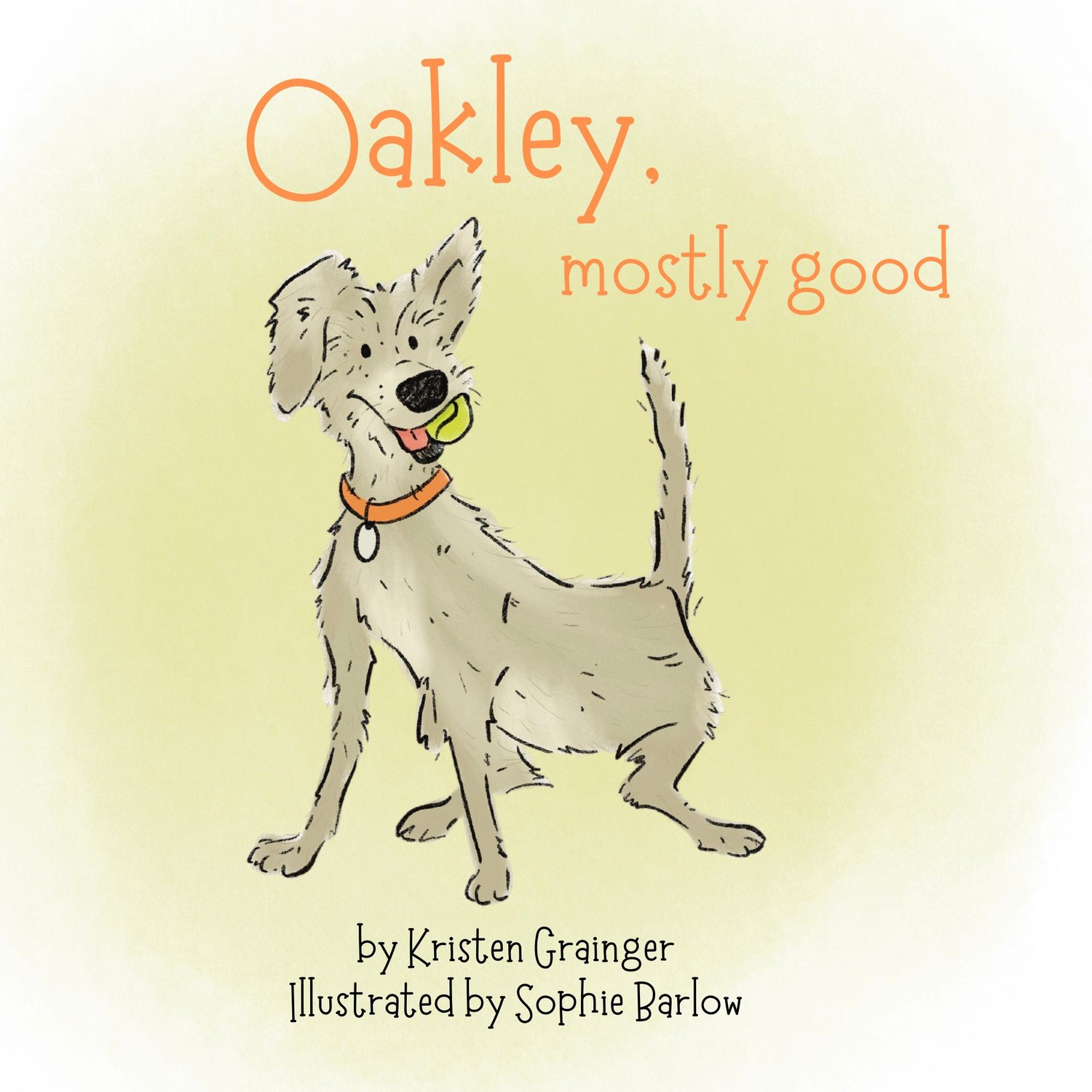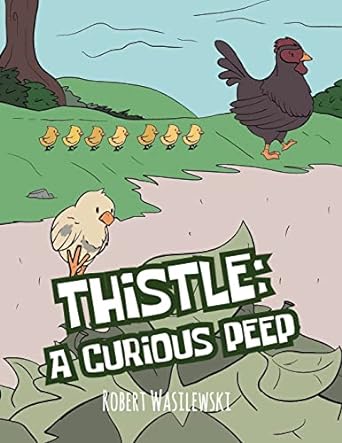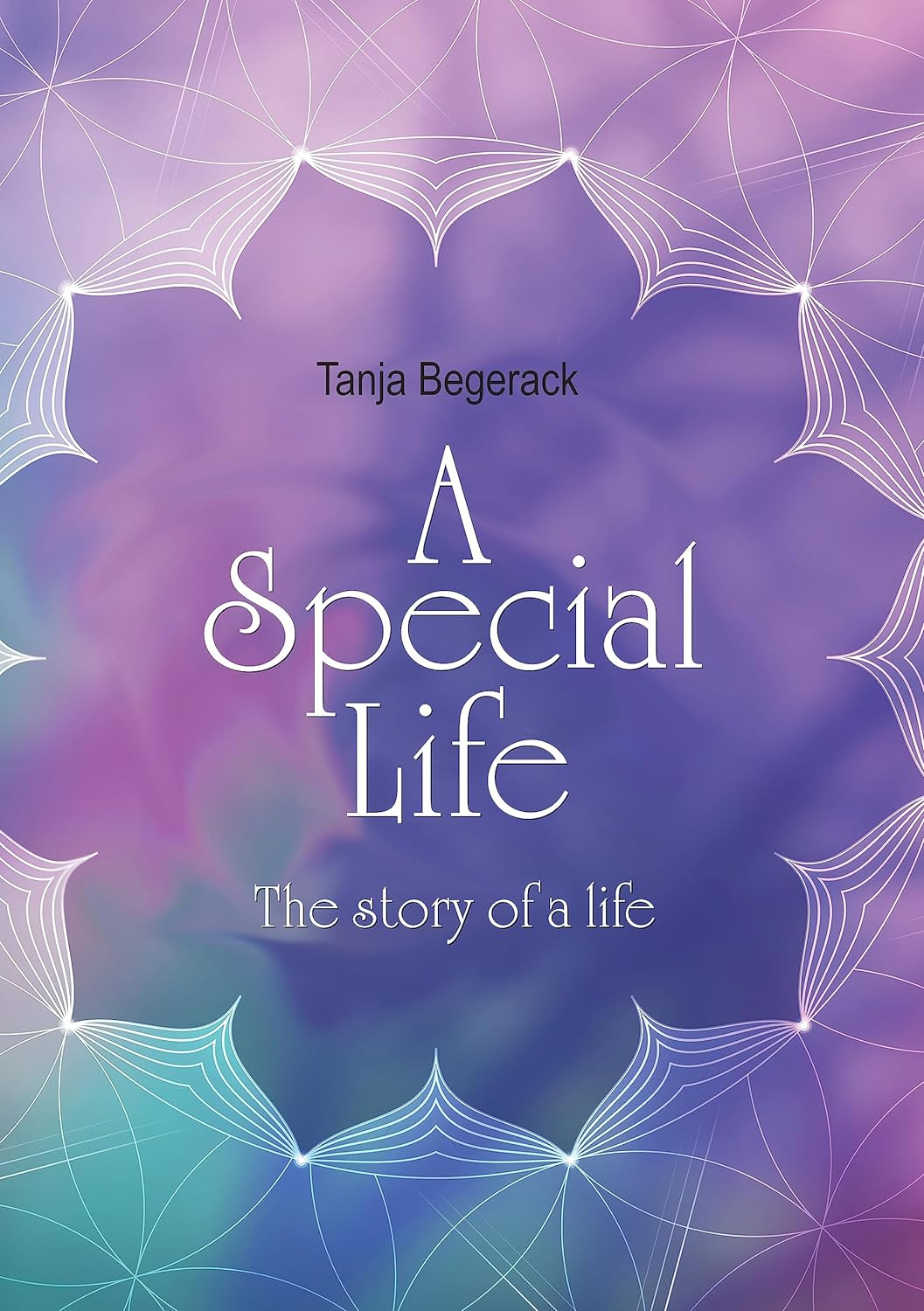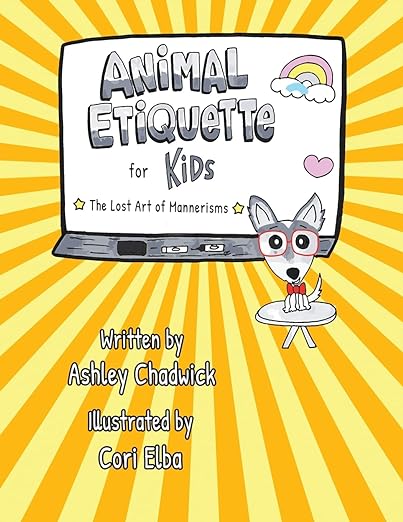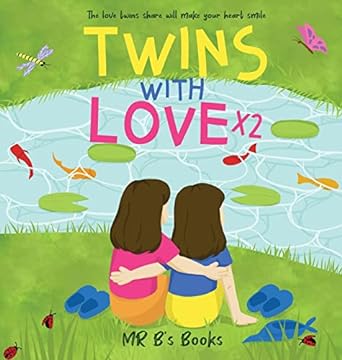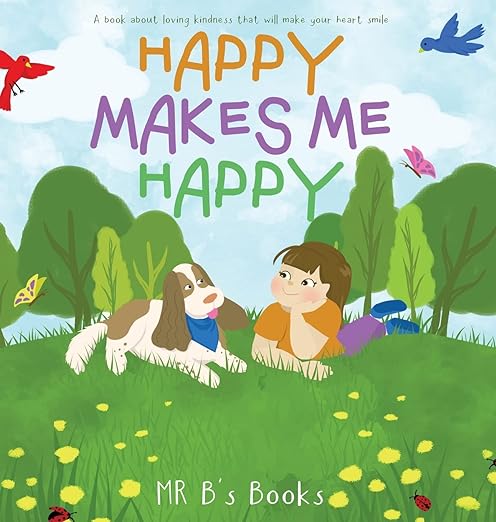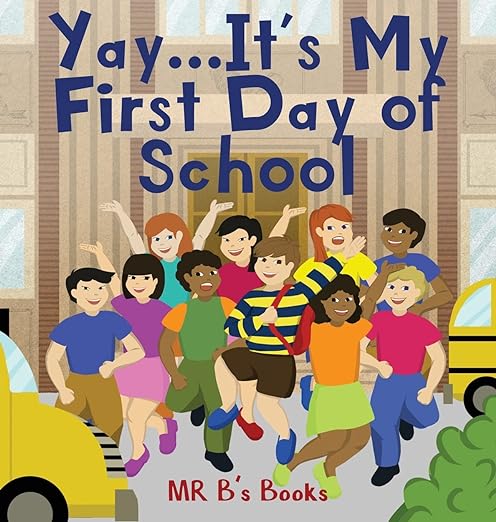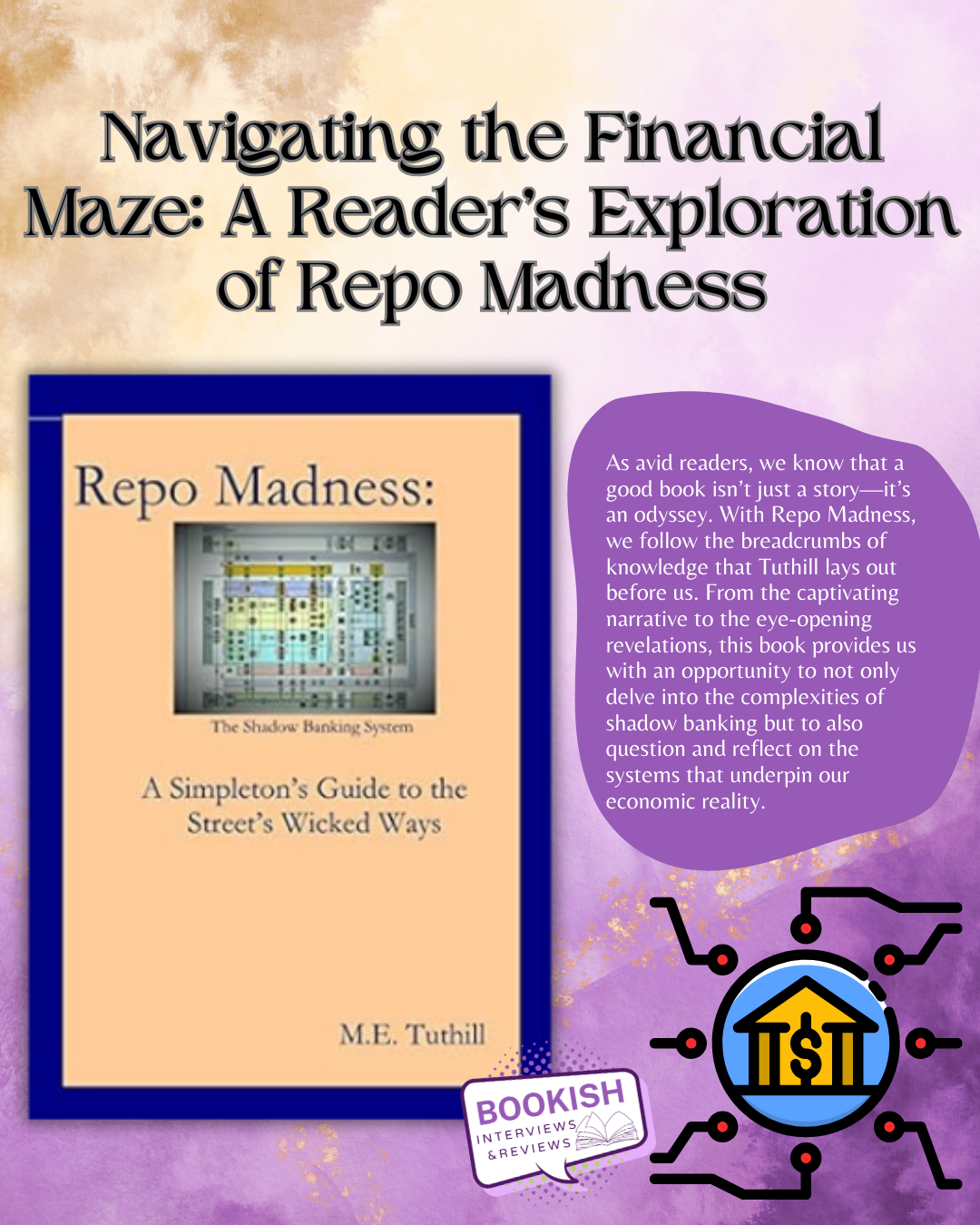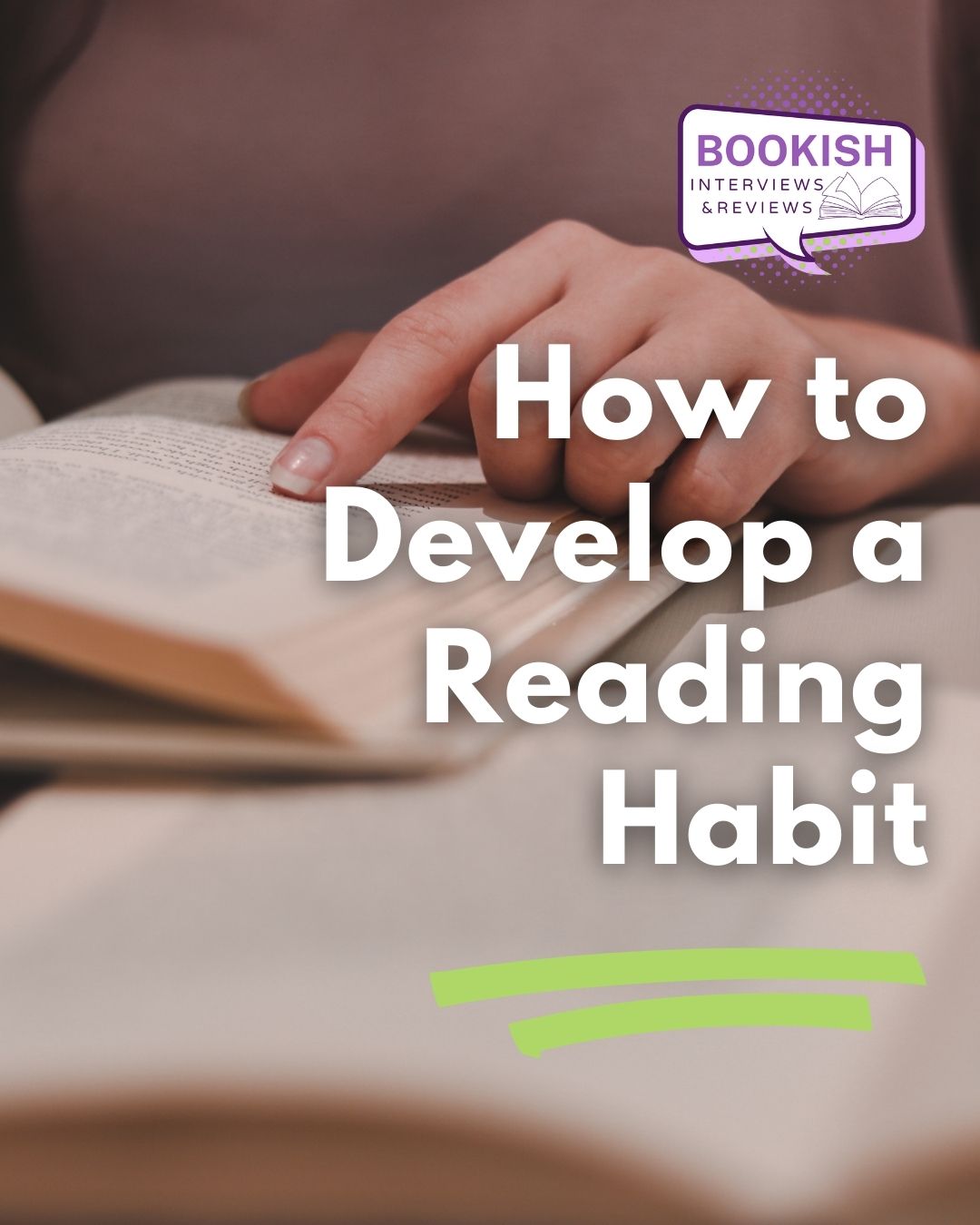Building characters takes time, and we often learn things about them as we write. As writers work through scenes and ideas, it’s common that the characters on the page develop along with the story.
While this is a natural part of the drafting process, it can also make for clunky storytelling if “incomplete” characters are in the final draft – showing readers that you were still learning about the character as you wrote the scenes. Of course, we want readers to get to know the characters over the course of the story, but as the author, you should have an excellent handle on who these characters are and how they behave.
With this in mind, you can “test drive” your characters in different scenarios simply by writing scenes that you don’t actually include in your story. These kinds of writing exercises help you consider personalities in new ways, and serve to help you learn about your own characters – without having to share that process with eventual readers.
Not all of these prompts/exercises are going to be right for every character, but the concept is. Even if your post-apocalyptic heroine doesn’t fit into, say, a prompt about a coffee shop, still consider how they might react in that type of situation. The point is to take your existing characters and play around with putting them in various scenes, conversations, frames of mind, and so on.
The more you can put your characters through these types of exercises, the more fleshed out they will become – and when you get back to the plot of your story, your characters will be that much more developed, detailed, and authentic.
Try these out!
You and your main character go out to eat at their choice of restaurant. Where do you go? What do they order? What do you talk about?
This prompt makes you consider your main character’s food choices (which are often an overlooked detail), and has you place them in a casual conversation without much conflict.
Your main character invites you over for dinner and socializing. What is their home like? What’s hanging on the walls? What kind of furniture do they have? Does anyone else live there? What do they serve?
This is all about digging into your character’s living space. Not only are these details useful for your story, they also help you think about the more mundane aspects of the character’s life, including their everyday life at home.
Your protagonist and antagonist both have to write a letter of introduction describing their interests, goals, and personalities.
This prompt makes you think about your characters from their own points of view. How do they see themselves, and how would they describe themselves to others?
Your protagonist and antagonist each write a letter about each other to a close friend or family member.
How do your opposing characters view each other? How would they describe one another in confidence?
Your main character’s responsibilities are done for the day, and they have the whole afternoon to relax. How do they spend their day?
This is a chance to consider your character’s interests, hobbies, and motivations for leisure.
Your main character wants a website. How do they tackle this challenge? Do they have the ability to do it themselves? What kind of information do they include?
Not only does this provide some insight into your character’s technical/technological abilities, it’s also another way to look at how they see themselves and consider what kind of details they’re willing to share with the rest of the world. How would they like strangers to perceive them?
Two of your main characters are traveling in the rain and get a flat tire. How do they handle the situation?
This prompt puts your characters in an adverse, potentially stressful situation. How they treat one another, how they solve problems, and how they handle stress will tell you a lot about their personalities!
Try these prompts for yourself, and come up with some of your own! The point is to think about your characters outside of the context of your story, and by doing so, get to know them better so you can tell a more vivid story!






